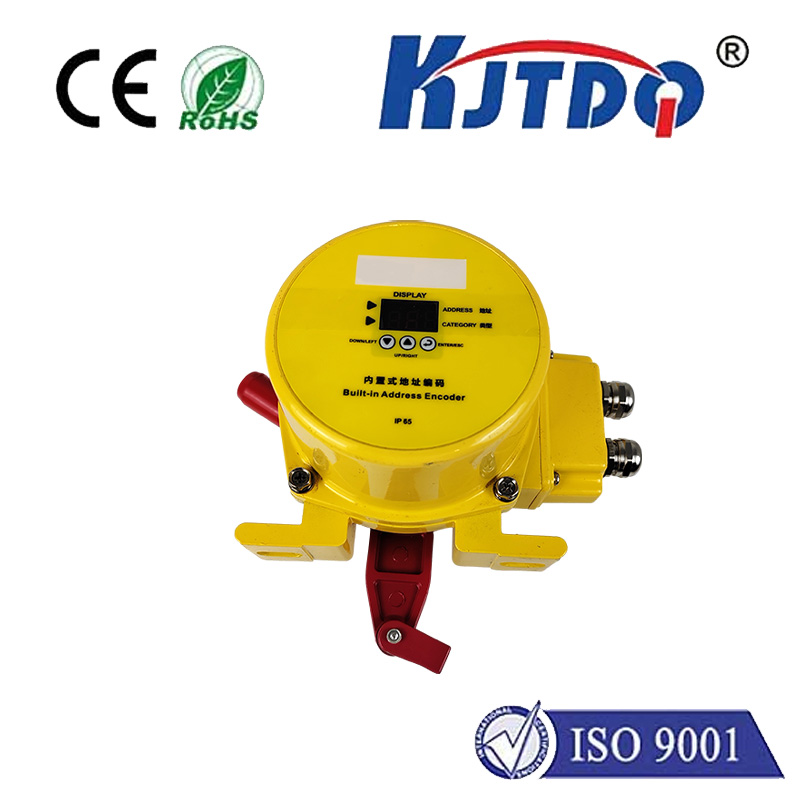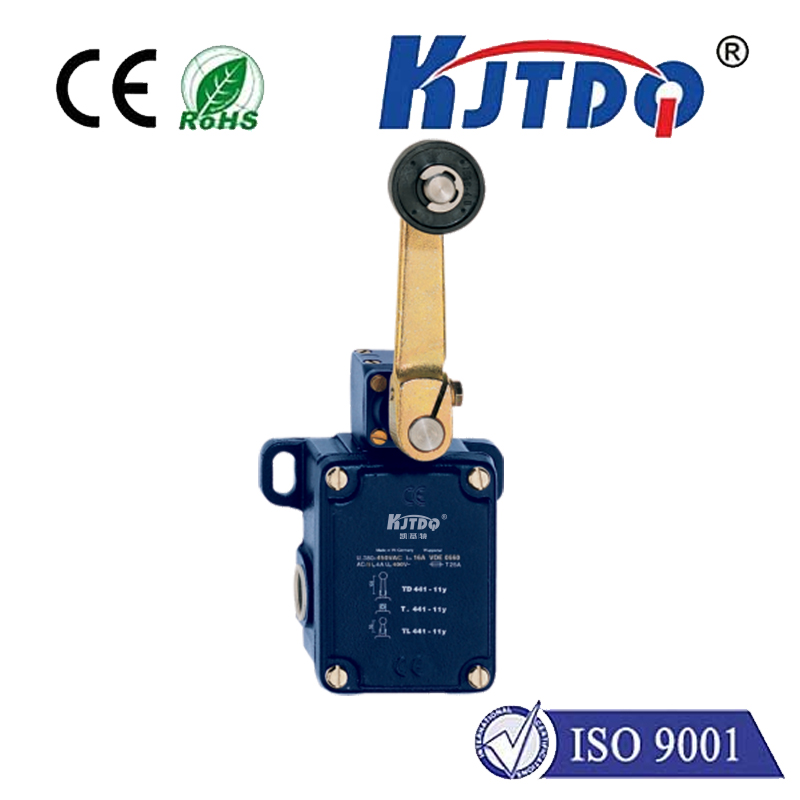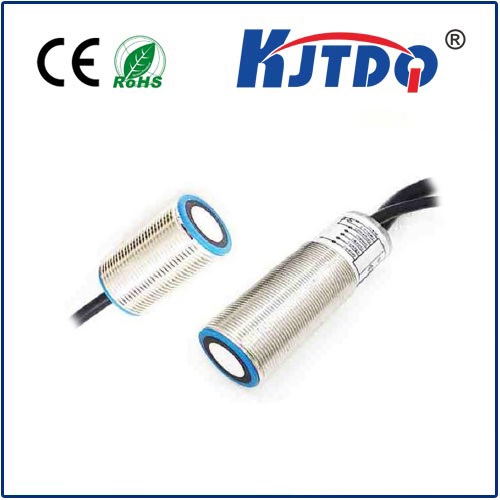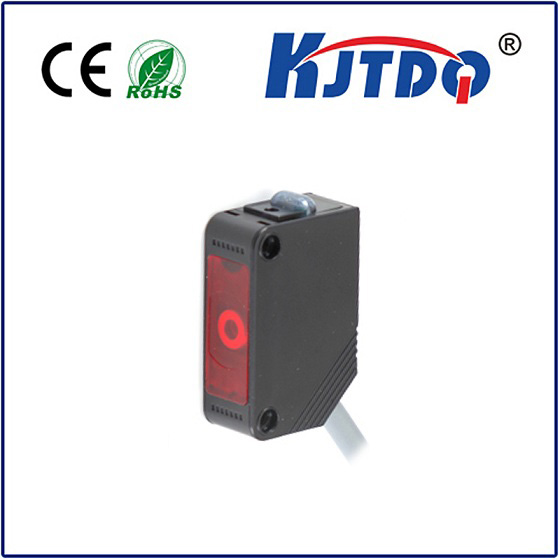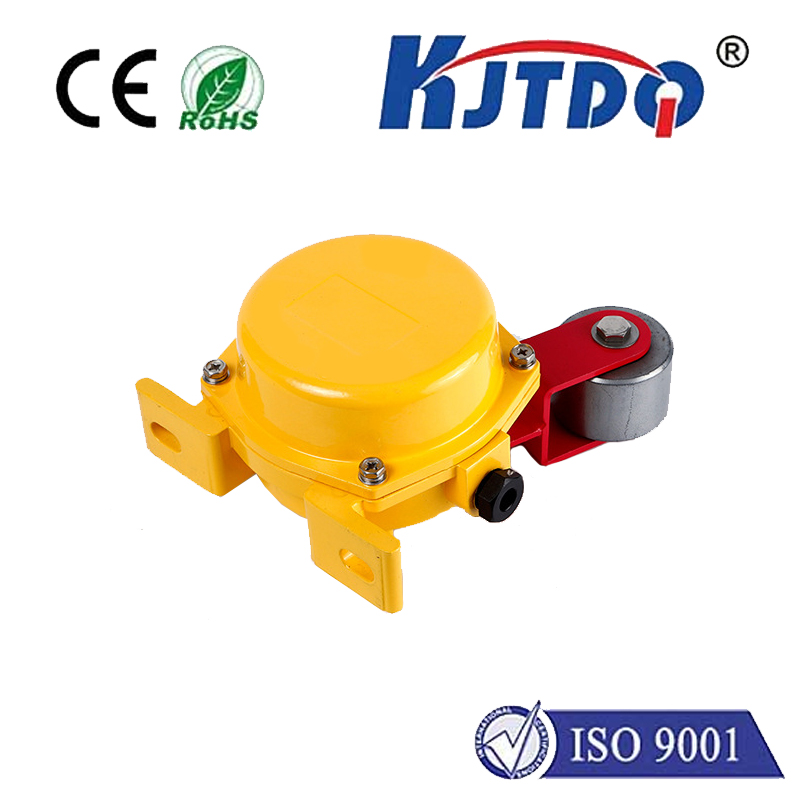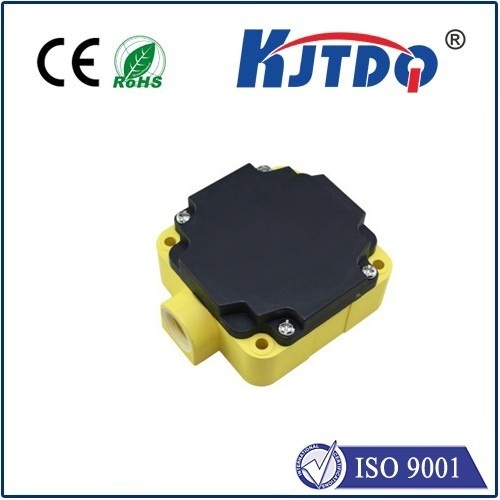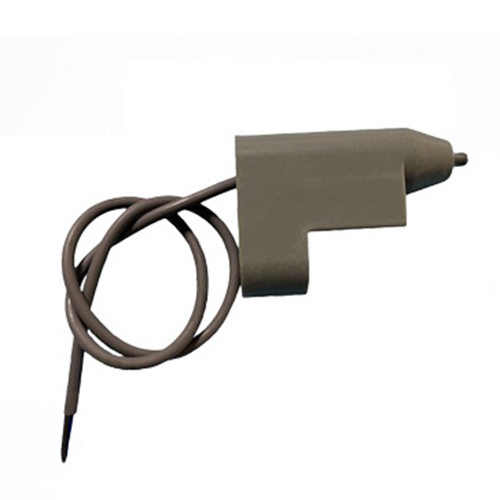

check

check

check

check
Optical Fiber Sensors in Modern Aerospace Engineering: A Revolutionary Innovation
The integration of optical fiber sensors into aerospace systems represents a significant leap in technology, offering enhanced performance, durability, and data accuracy. Among the latest developments in this field is the FU-35F optical fiber sensor, a cutting-edge device designed to revolutionize how engineers monitor and optimize the performance of aircraft components. This article explores the key features, applications, and benefits of the FU-35F optical fiber sensor, highlighting its role in modern aerospace engineering.
Innovation in Aerospace Monitoring
The FU-35F optical fiber sensor is a breakthrough in the field of aerospace monitoring, leveraging the unique properties of optical fibers to provide real-time data on temperature, strain, vibration, and structural integrity. Unlike traditional sensors that require physical contact with the component being monitored, the FU-35F operates non-intrusively, allowing for continuous and accurate measurements without disrupting the aircraft’s operation.
Key Features of the FU-35F Optical Fiber Sensor
The FU-35F is engineered with advanced materials and precision manufacturing techniques to ensure maximum reliability and performance. One of its most notable features is its non-invasive design, which allows it to be installed in hard-to-reach areas of the aircraft, such as wing roots, fuselages, and engine compartments. This makes it ideal for monitoring critical components that are difficult to access with conventional methods.

Additionally, the sensor is equipped with high-precision optical fibers that provide excellent signal transmission and resistance to electromagnetic interference. These fibers are coated with protective layers to ensure long-term stability and durability, even under extreme operating conditions.
The FU-35F also incorporates advanced signal processing algorithms that enable accurate data interpretation and real-time feedback. This allows engineers to monitor the health of the aircraft in real time, making it an invaluable tool for predictive maintenance and structural health monitoring.
Applications in Modern Aircraft
The FU-35F optical fiber sensor is now widely used in modern aircraft, including commercial planes, military aircraft, and advanced experimental models. Its ability to monitor multiple parameters simultaneously makes it a versatile tool for various applications, from flight control systems to engine monitoring and structural integrity assessment.
In military applications, the FU-35F is particularly valuable for detecting early signs of structural fatigue and wear in critical components. This helps in extending the service life of the aircraft and reduces the risk of unexpected failures during missions.
For commercial aircraft, the sensor contributes to improved safety and efficiency by enabling better predictive maintenance and reducing downtime. Its non-invasive nature also ensures that the aircraft remains operational without the need for extensive repairs.
Benefits of the FU-35F Optical Fiber Sensor
The FU-35F offers several advantages over traditional sensors, making it a preferred choice in modern aerospace engineering. One of its key benefits is its high accuracy and reliability in real-time monitoring. The sensor is designed to provide consistent and precise data, even under varying environmental conditions.
Another major advantage is its non-invasive installation, which minimizes the risk of component damage and simplifies maintenance procedures. This is especially important in aircraft where every component must function flawlessly.
Moreover, the FU-35F supports multi-parameter monitoring, allowing engineers to track multiple aspects of the aircraft’s performance simultaneously. This enhances the ability to identify potential issues before they become critical.
Conclusion
As the aerospace industry continues to evolve, the FU-35F optical fiber sensor stands as a testament to the power of innovation in engineering. Its non-invasive design, high precision, and versatility make it a crucial tool for modern aircraft monitoring. By integrating advanced technology into critical components, the FU-35F not only improves safety and performance but also drives the future of aerospace engineering. Its role in enabling real-time data collection and predictive maintenance is set to redefine how we monitor and maintain aircraft components.
